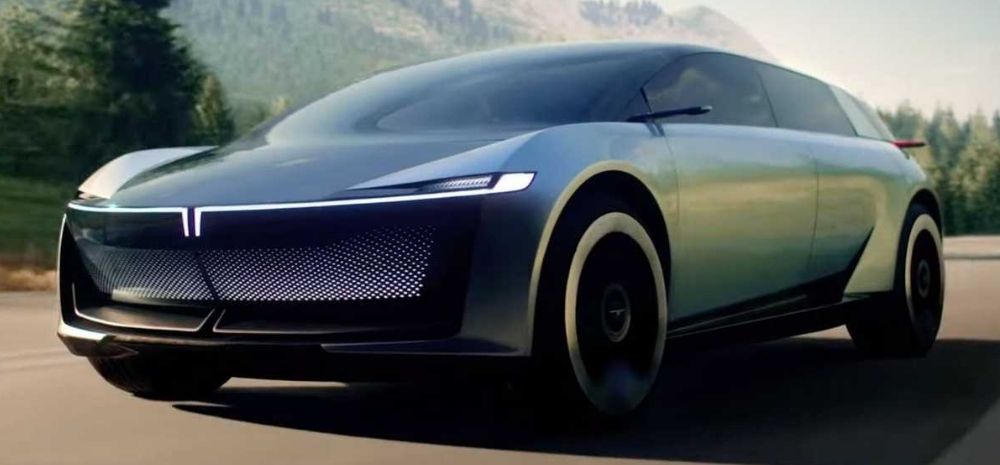30% Of All Vehicles Sold In India Will Be Electric By 2030! 1 Crore Electric Vehicles Will Be Sold Per Year

A report was released which said that nearly a third of all vehicles sold in India by 2030 will be electric.
Contents
Driven by two/three wheelers
However, they will mostly be two- and three-wheelers since expensive battery-powered cars would be outside the reach of many consumers.
By the next decade, nearly one in every 10 EVs sold worldwide will be in India.
This can be achieved only if India reaches its true EV potential of 50 percent electrification.
EV sales are expected to cross 10 million units from just 400,000 last year.
However, as earlier mentioned, passenger cars will make up only 5% of the battery-powered transport.
Setbacks
Proliferation of EVs in India has lagged behind other major markets despite the fact that our country, which is the world’s third-biggest emitter of greenhouse gases, has committed to become net carbon zero by 2070.
The Indian buyer is also value-conscious and used to cheap, no-frills gasoline cars.
They tend to have little confidence in EVs due to their range anxiety which gets worsened by product safety mishaps.
Building own batteries
Adoption of EVs have been deterred by an undeveloped charging network and expensive upfront cost of clean vehicles.
In order to attain more than 30 percent EV adoption, India will require approximately 800 GWh of batteries by 2030.
To meet this demand the government is accelerating plans to manufacture Lithium-ion cells within the country.
$2.3 billion in government subsidies, and more than $7.5 billion in investment potential is anticipated which could help with the endeavor.
Two/three wheelers also flawed
It’s not all bleak though, since electric scooters, not cars, are leading the switch to cleaner transport in India.
However even these two wheelers have faced challenges such as several incidents of electric scooters catching fire.
The cause has been determined to be a lack of proper testing and research for the nation’s hot climate and potholed roads.
Foreign investment, technology, alliances
Foreign direct investment in India’s EV industry is expected to touch $20 billion by 2030, the report predicted.
Investments will be followed by transfer of technology, as well as alliances between local automakers and global electric vehicle companies.
Last year India’s EV industry attracted investments worth $6 billion.
The trend of growing EV investments by established carmakers combined with government subsidies will accelerate the transition in the long run.
It is likely that EV adoption rate will first pick up in bigger cities as Indian automakers forge more partnerships and startups attract more funding.
Opportunities
Despite all obstacles, India is only behind China as the second largest market for EVs in Asia.
This provides a great opportunity to build on this by acting proactively.
The government needs to support product innovation, create reliable charging infrastructure, and provide subsidies to buyers and additional incentives to startups involved in battery R&D, etc.

Comments are closed, but trackbacks and pingbacks are open.